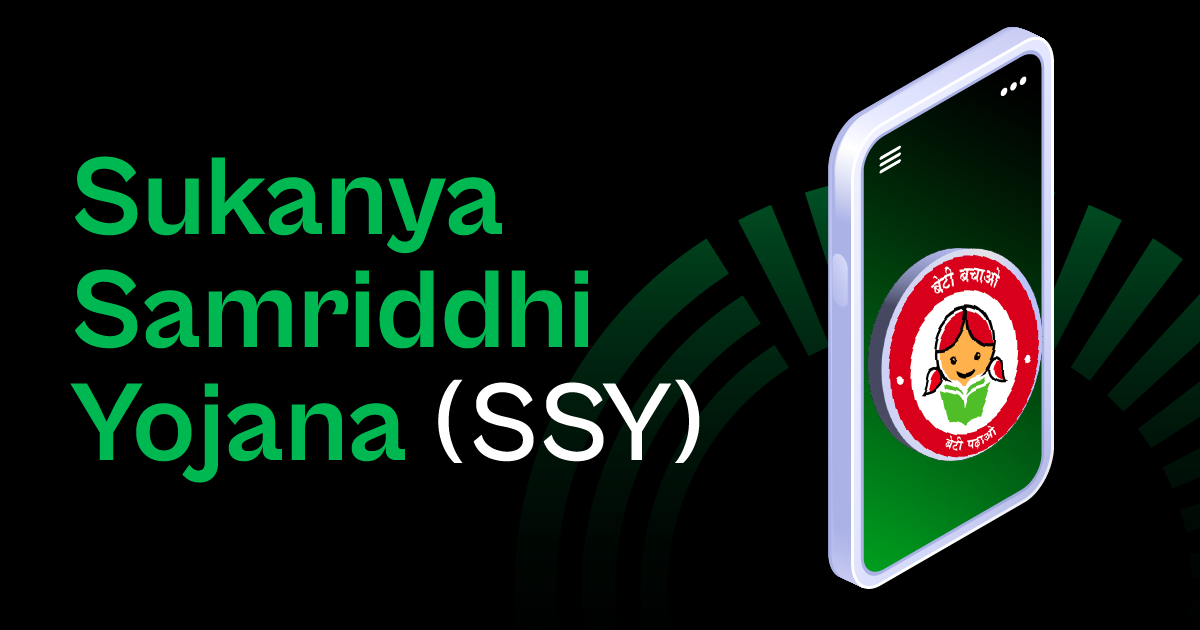Savings play a crucial role in securing one’s financial future, especially in the context of children’s education and marriage. In India, one of the popular schemes designed to promote savings for girls is the Sukanya Samriddhi Yojana (SSY), which offers an attractive interest rate. But how does the SSY interest rate compare to other savings schemes available in India? This article explores the nuances of the SSY interest rate, juxtaposing it with other savings instruments, such as Public Provident Fund (PPF), National Savings Certificates (NSC), and Fixed Deposits (FDs).
Understanding Sukanya Samriddhi Yojana (SSY)
The Sukanya Samriddhi Yojana is a government-backed saving scheme targeting the welfare of girl children. The scheme was launched under the ‘Beti Bachao, Beti Padhao’ campaign. It allows parents to open an account for a girl child below 10 years, which matures after 21 years from the date of opening, or when the girl marries after crossing 18 years of age. The SSY interest rate is one of the highest among small saving schemes, making it an attractive option for parents.
Analyzing the Interest Rate of SSY
As of the latest figures, the SSY interest rate stands at 7.6% per annum, compounded annually. To better understand its financial implications, let us examine a scenario: Suppose an individual deposits INR 1,50,000 annually into the SSY account for 14 years. Using the SSY interest rate of 7.6%, the maturity amount would be approximately INR 63,42,039 after 21 years.
Comparing SSY with Other Savings Schemes
Public Provident Fund (PPF)
The Public Provident Fund is another popular government-backed scheme offering a tax-free return. The current interest rate of PPF is around 7.1% per annum, compounded annually. Suppose an individual makes a similar investment of INR 1,50,000 annually in PPF for 15 years. The maturity amount at the end of 15 years would be roughly INR 40,68,209.
National Savings Certificates (NSC)
The National Savings Certificates have an interest rate of 6.8% per annum, compounded annually but payable at maturity. If a person invests INR 1,00,000 in NSC, the maturity value after 5 years would be about INR 1,39,407.
Fixed Deposits (FDs)
Fixed Deposits with banks offer different interest rates, generally ranging from 5% to 6.5%, depending on the tenure and bank. For example, if a person invests INR 1,00,000 in a bank FD at an interest rate of 6% for 5 years, the maturity amount would be approximately INR 1,34,685.
SSY vs. Other Schemes: Key Observations
- Interest Rate Comparison: The SSY interest rate of 7.6% is generally higher compared to PPF, NSC, and most bank FDs. This makes SSY an appealing choice for those looking to maximize returns for long-term savings targeting girl children.
- Tax Benefits: Both SSY and PPF provide tax benefits under Section 80C of the Income Tax Act, making them favorable options for tax IT deduction seekers. However, returns from these schemes are exempt from tax, unlike NSC, where the interest is taxable.
- Liquidity: SSY has limited liquidity as withdrawals are restricted until the girl turns 18 or marries. In contrast, PPF allows partial withdrawals from the 7th year, and bank FDs offer premature withdrawal (often with a penalty).
- Risk Factors: All these savings schemes are government-backed, offering safety and low-risk investment, making them preferable for risk-averse investors.
Calculating Returns: A Comparative Analysis
To further illustrate returns using the SSY interest rate compared to the other schemes:
– SSY: INR 1,50,000 annually for 14 years at 7.6% compounding annually leads to INR 63,42,039 after 21 years.
– PPF: INR 1,50,000 annually for 15 years at 7.1% compounding annually results in INR 40,68,209 after 15 years.
– NSC: A single investment of INR 1,00,000 at 6.8% for 5 years matures to INR 1,39,407.
– FD: INR 1,00,000 investment at 6% for 5 years matures to INR 1,34,685.
Conclusion
The SSY interest rate positions this scheme as one of the most attractive saving options for the long-term financial security of girl children, surpassing many other savings schemes. However, it’s crucial to understand that investment decisions should not be solely based on interest rates. Factors like liquidity needs, investment horizon, risk tolerance, and tax implications should also be considered.
Disclaimer: Investments in the financial market, including savings schemes, carry various risks and rewards subject to the dynamic economic environment. Investors are strongly advised to assess their financial goals and consult a financial advisor before embarking on investments. The exact returns from these schemes might vary based on changes in government policies and economic conditions.
Summary
The Sukanya Samriddhi Yojana (SSY) features a compelling interest rate of 7.6%, presenting it as one of the most profitable savings schemes for securing a girl child’s future. In comparison to other popular schemes, such as the Public Provident Fund (PPF), with an interest rate of 7.1%, and National Savings Certificates (NSC), offering 6.8%, SSY emerges as a superior choice in terms of returns. While Fixed Deposits hold popularity due to ease and convenience, they usually offer lower interest rates ranging between 5% and 6.5%. Each of these schemes comes with distinct advantages, from tax benefits in SSY and PPF to regular income from FDs.
Ultimately, selections between different savings instruments depend on various factors beyond interest rates, including the investor’s primary financial goals, liquidity preferences, and risk appetite. It remains essential for investors to conduct a thorough evaluation of all options, ideally with the counsel of a financial advisor, to ensure the decisions align with personal financial objectives.









